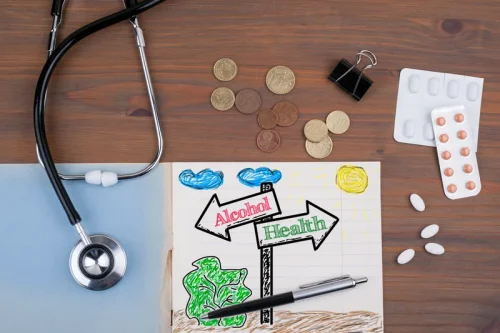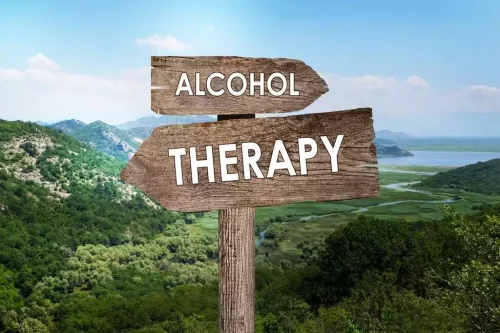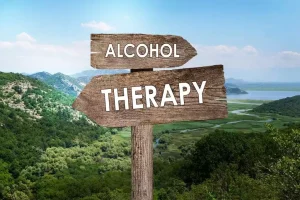Vanderburgh House strives to meet the needs of disadvantaged homeless families and individuals in underserved communities throughout Boston. The majority of our programs are located in or serve urban Boston communities of Dorchester, Mattapan, Roxbury, and Jamaica Plain. We have permanent supported housing programs for men, women, and/or families with HIV/AIDS or other disabilities in Mattapan, Boston’s Fenway area, the South End, and Topsfield. Vanderburgh House provides recovery, health, and housing services through thirty-three buildings in Boston, Cambridge, and now Topsfield, fourteen of which we own. Maintaining these units in the manner that those in our care both need and deserve is a great cost to our organization. This combined with surging healthcare costs for employees results in a very narrow profit margin on an annual Vanderburgh House basis.
Is this your nonprofit?
They talk to people on the street around Mass. and Cass about the services they have and offer resources. Build relationships with key people who manage and lead nonprofit organizations with GuideStar Pro. At Vanderburgh House, we value your time, both at work and in your personal life, ensuring you have the resources and support you need to thrive. When people come in, she and her colleagues offer hot meals and find out what their needs may be. They make sure people have clean needles and talk to those who are engaged with sex work, asking how they are keeping themselves safe.
- Coping with those deaths, and the prospect that she will likely see more as the state and country continue to grapple with the overdose crisis, Rivera said she relies on belief — and the knowledge that change doesn’t happen overnight.
- Vanderburgh House operates various programs throughout Boston, all built on our strongly held belief that no person who is struggling should be asked to do the hardest thing first, on their own, before they are offered the fundamental support they truly need.
- Don’t hesitate to apply if your work experience doesn’t align with every qualification in the job description.
- Vanderburgh House also recognizes the benefits of hiring people with lived experience who can play an important role in bridging the gap between services and the people who use them.
We are excited to bring you the latest issue of Vanderburgh House’ print newsletter, The Doorway! The Fall edition is packed with inspiring stories and messages of resilience, generosity, and hope from our clients, staff, and supporters who are transforming lives and strengthening our communities. They want to know that there are people out there who care, who won’t treat them “like they’re trash,” Rivera said. Coping with those deaths, and the prospect that she will likely see more as the state and country continue to grapple with the overdose crisis, Rivera said she relies on belief — and the knowledge that change doesn’t happen overnight. When Rivera was moved to Casa Esperanza’s new housing on Eustis Street, she again felt flooded with feelings of fear and nervousness about the change, she recalled. “Every time I had an appointment, they had somebody to come with me because it’s how I felt safe,” she said.
Vanderburgh House is a Boston-based nonprofit organization dedicated to helping individuals and families who are homeless and may have substance use disorders, often accompanied by chronic health issues like HIV/AIDS, Hepatitis C and mental illness. Providing a welcoming environment, our compassionate and inspiring team is committed to helping them regain their health and restore their hope through immediate access to safe and stable housing. When individuals and families are safely housed, they’re much more likely to address their physical and mental health, addictions, and other issues. Our housing stabilization services, including emergency shelter, transitional and permanent housing, and case management, move people off the street as quickly as possible, with as few barriers as possible.
STATEMENT: Historic $3 Billion for Green Port Funding a Victory for Our Ocean, Public Health
“I just want to continue.” Giving the individuals that she counsels at The Victory Connector, a low-threshold navigation center in the neighborhood run by the nonprofit Vanderburgh House, a feeling of care, a sense of calm and peace, is what she aims for each day. We provide high-quality, evidence-based services based on individual needs, offering flexible, strengths-based solutions to people’s biggest challenges. ABOUT OCEAN CONSERVANCY Ocean Conservancy envisions a healthier ocean, protected by a more just world. Ocean Conservancy is working to protect the ocean from today’s greatest global challenges.
‘I see things in them that they don’t see themselves’
On the streets, at our Boston Living Center, and across programs, we work to prevent chronic conditions and overdoses. We provide HIV, Hepatitis C, and STI testing and counseling; a healthy meals program; syringe and naloxone distribution; and an array of education, navigation, and support services. The Victory Connector, where she is a harm reduction specialist, provides a range of services to women, transgender, and nonbinary individuals who are at high risk of overdose and who are reluctant to engage with other care systems. For many, Vanderburgh House represents the last possibility for hope and the first chance for sustained success in their battles with addiction or illness. We provide individuals and their families with the education, tools, and ongoing support they need to help them regain their health, prevent and manage relapse, and maximize their independence. “Sometimes I feel so happy that my heart — I feel like I’m having like a big, good pain in my heart,” she said.
Each day, she and her colleagues at the Connector also do about two hours of street outreach, rotating who stays in the office and who goes out. Rivera starts each day with a cup of coffee and greets her staff, ensuring the plan is set for the day. By the time she was 16, she’d been introduced to drugs by one of her mother’s friends, she said. But once in the foster home, Rivera said she continued to be exposed to alcohol, drugs, and sexual violence.
Being able to provide that respite and getting to see individuals who have come in from the street smile (she calls them “members”) is the best, she told Boston.com. We follow a low-barrier housing-first clinically driven approach to guide clients towards health and safety. Receive email updates to learn how you can help make a difference for the future of our ocean. Rivera said whenever she learns of another fatal overdose, she finds herself wondering about how there could have been a different outcome. “It’s happening a lot,” Rivera said, emphasizing that there are more dangerous substances being put in the drugs being consumed on the street. The hardest moments are when Rivera and her colleagues learn from members coming into the Connector that someone has passed away from an overdose, she said.
Remembering her own experiences — of sleeping in cars or under a bridge, of wanting to end her own life — and the moments when people helped, or failed to help, Rivera said she continues to find herself wanting to do more to aid people in similar need. She ended up working as a staff member at Casa Esperanza for almost 12 years, becoming first a peer recovery coach, then a house manager, then a treatment coordinator, a senior treatment coordinator, and a supervisor. But she said it’s also taken her a long time to feel comfortable sharing what she experienced as a child and teenager, which resulted in her own years-long struggle with substance use, incarceration, and instability.























